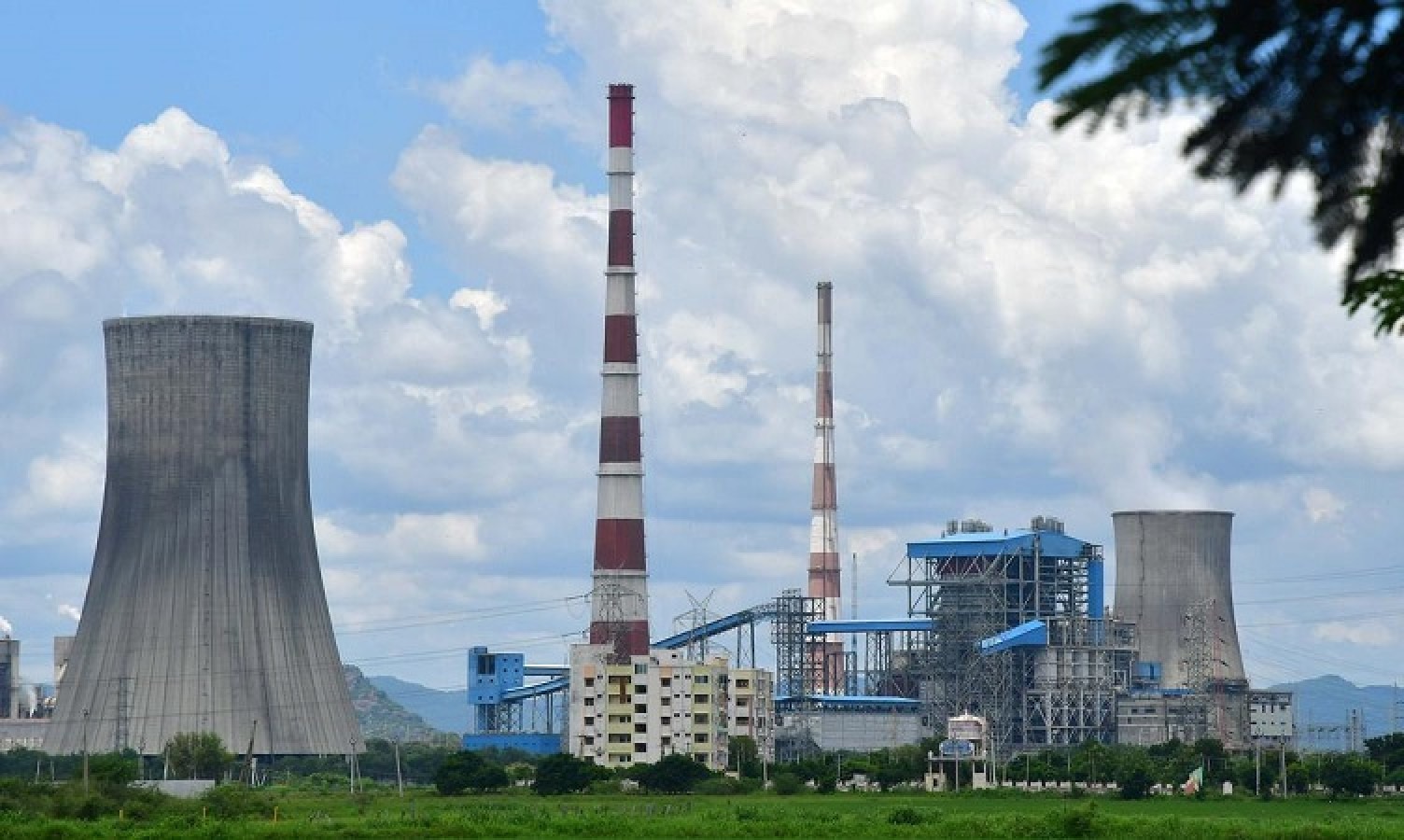India–US Trade Tensions Rise Over Steel and Auto Tariffs NMDC Limited reports a 38% drop in Q4 FY24 consolidated net profit RINL to Raise $23 Million Through Land Sales Amid Crisis

According to a report by India Rating and Research (Ind-Ra), thermal power is poised to remain a crucial element of India's energy mix, with plant load factors (PLFs) expected to range between 65% and 70% in the medium term. This projection considers the trends in capacity addition and energy demand forecast for FY30 under the National Electricity Plan (NEP). Despite the growing emphasis on renewable energy, thermal power continues to represent around 75% of India's total power generation.
The report highlights that India's power demand has surged by around 7% year-on-year during the first nine months of FY24, driven by factors such as enhanced economic activity, delayed monsoons, and humid conditions. Thermal PLFs have risen over 68% for the period, compared to 64% in FY23, underscoring the pivotal role of thermal power amidst changing weather patterns and economic dynamics.
Moreover, peak demand witnessed an 11% year-on-year increase in the first half of FY24, attributed to economic recovery and climatic factors. Notably, improvements in coal supply have significantly reduced the peak demand deficit to 0.08% during FY24, down from 4% in FY23. India's installed capacity of 428 GW as of December 2023 faced an all-India peak demand of 240 GW during the same period, reflecting a substantial decrease in peak deficits from about 10.6% a decade ago to just 0.42%.
While renewables are expected to make significant contributions to India's new capacity additions, with nearly 25 GW expected by FY25, the report emphasises the enduring importance of thermal power in ensuring energy security and meeting demand spikes. Despite increasing contributions from renewable sources, thermal PLFs are projected to remain at approximately 68% over FY24–FY25, with a 5%-6% annual increase in power demand.
However, challenges persist in securing coal supply, as coal stock levels, while improving from previous lows, are still 25% below normative levels as of January 2024. This underscores the ongoing challenge of sustaining thermal power generation.
In conclusion, while India's energy landscape continues to evolve with the growth of renewable energy, thermal power remains indispensable in meeting the nation's energy demand and ensuring stability amidst changing dynamics.
Also Read : Coal production surges 10.15%, dispatch by 10.35% in May '24 India set to halve oil refiners' FY24 energy transition equity support